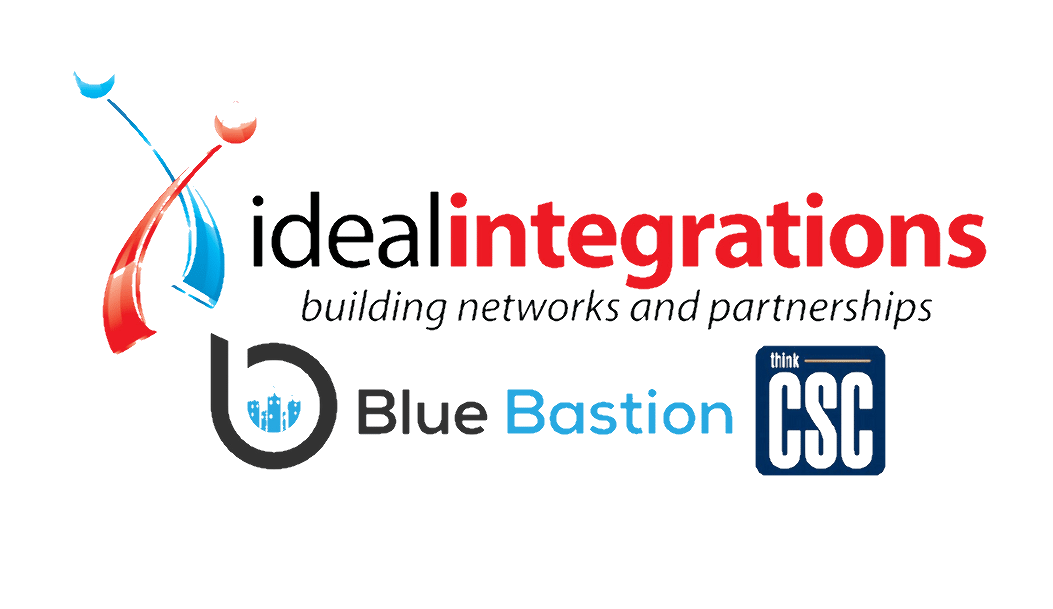 Are you still not convinced that you should convert your traditional PBX (multi-line) phone system to a Voice over Internet Protocol system (VoIP)? If your company employs a virtual structure, there are many reasons to make the switch. VoIP easily solves those pesky challenges that often plague virtual businesses.
Are you still not convinced that you should convert your traditional PBX (multi-line) phone system to a Voice over Internet Protocol system (VoIP)? If your company employs a virtual structure, there are many reasons to make the switch. VoIP easily solves those pesky challenges that often plague virtual businesses.
Connecting Employees Anywhere
Do you have employees who work exclusively from home or in offices scattered across the country? With nationwide distribution, no matter where your offices are or where your employees work, VoIP can connect you. If you currently use PBX, you know that you have to use 800-number dialing hubs for each company location or employee work center. VoIP eliminates the need for that dialing hub.
Phones on the VoIP system are pre-programmed with a server address, and they use the Internet to place calls. No more dialing hubs or phone lines; VoIP just needs a working Internet connection. You can also get creative with VoIP and customize your system. A follow-me service can be extremely useful for those employees that work in multiple offices or travel frequently. VoIP can be programmed so that calls literally follow you where you go. For example, calls to your office phone can ring for one second, and the call is not answered, VoIP will redirect the call and ring your mobile phone.
One-Stop Voicemail
Along with managing multiple offices, employees of virtual businesses are often tasked with managing multiple mail boxes. VoIP allows you to contain all voicemails in a central location. No more checking multiple assigned voicemails on multiple phones or numbers. Again, because VoIP can be programmed specifically for you, your voicemail will go wherever you need it: your email, your home or work office, or your mobile phone.
Who’s Calling Me?
With PBX, you know the frustration of receiving an internal work call and not knowing who it is, because one central number is displayed. The nature of the PBX native-line format can often disrupt Caller-ID functionality, omitting extension or internal caller information on the display. VoIP preserves that caller information, and it can be as detailed as you need it to be. Because you can program VoIP to your own specifications, you can decide the call display and extension information that makes sense to you.
There is one wrinkle in both the PBX and VoIP system Caller-ID set-up: the lack of ability to relay appropriate information to 911. For example, if you have an employee working at home and his Caller-ID information is set-up to display the head office number, calls into 911 from that home office will direct emergency responders to the head office instead of the employee’s home. However, because of the ability to customize VoIP, it is possible to assign a unique number to each virtual office. Another option would be programming your Caller-ID information to display corporate information for outgoing business calls, but local information for calls to 911.
With VoIP, you can let your imagination run wild and customize the office communication system you’ve always dreamed of. If you’ve been thinking about converting to VoIP, the question isn’t “what can it do for my virtual office?” The question is “what can’t VoIP do?”
Call thinkCSC’s sales team to schedule your Technical Needs Assessment today!

Recent Comments